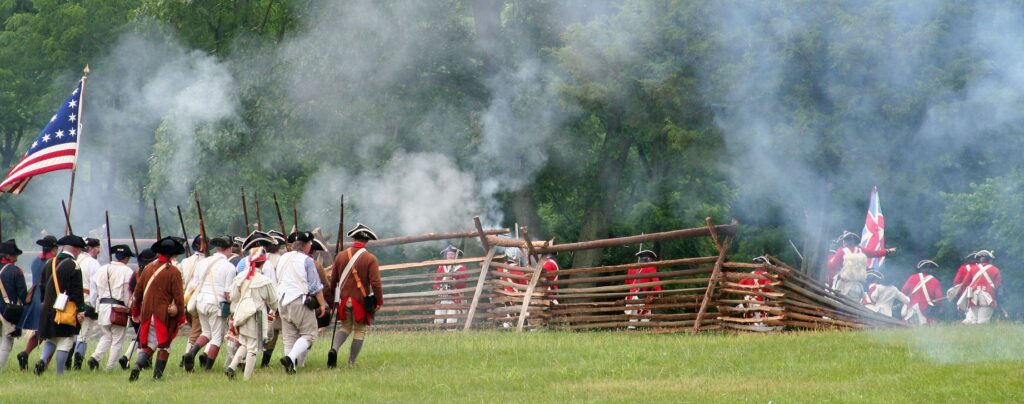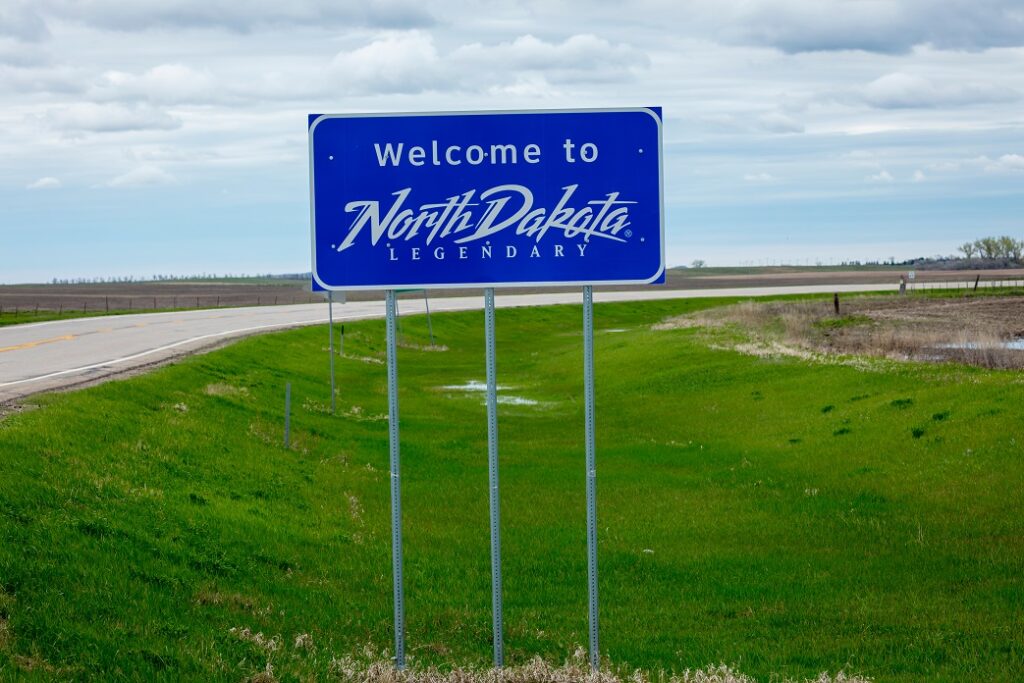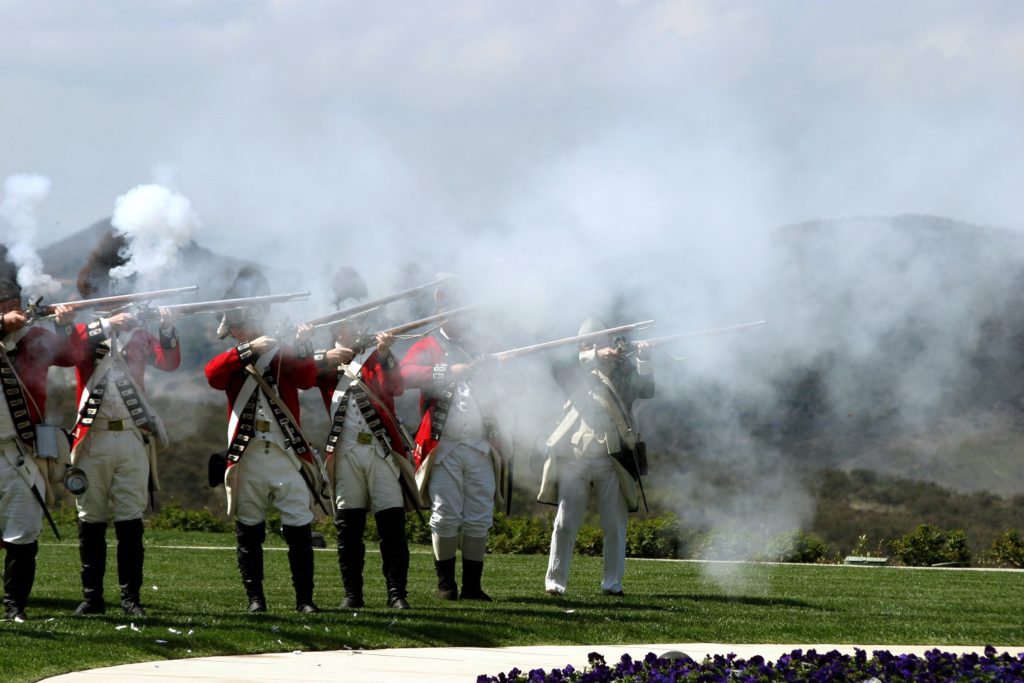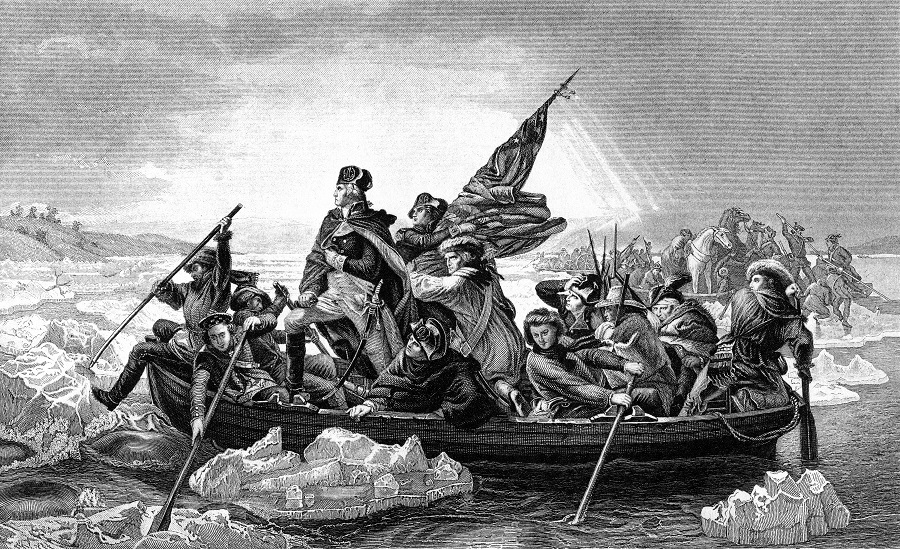Pay rates in 1851 on the Dakota Territory frontier.
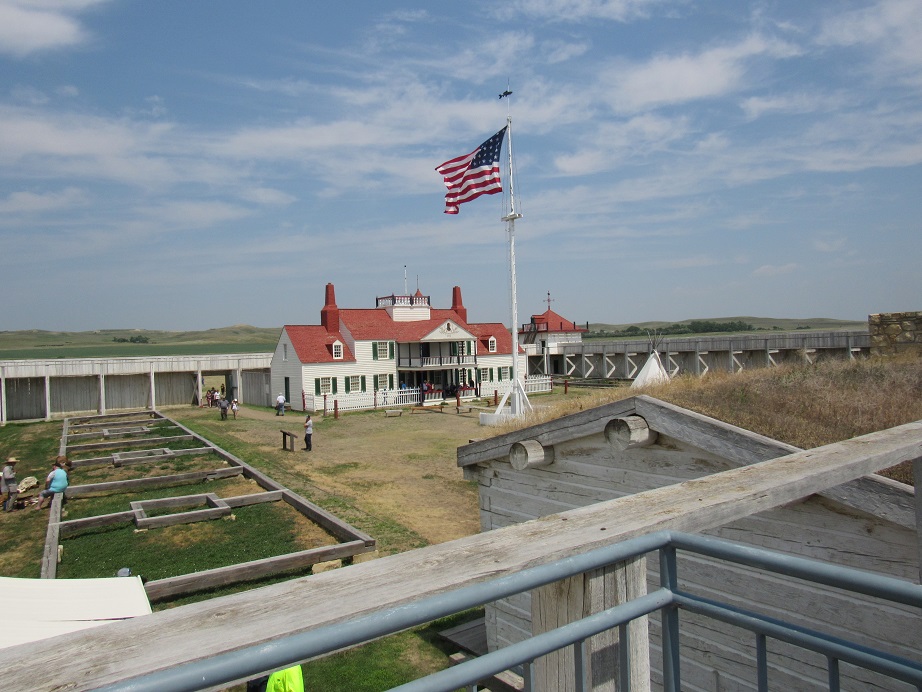
Fort Union in the Dakota Territory was a major trading post constructed and operated by the American Fur Company. For a few years after it was built in 1828 the major trade was obtaining beaver pelts from various Indian tribes. In the 1830s the predominant trade item was buffalo hides.
What were employees of the company operation paid? A plaque at Fort Union provides the following pay scales:
(more…)

